“I don’t exist but at the same time, I am responsible.” ~ A.H. Almaas
In this illuminating conversation, from the 2016 SAND Conference, Hameed Ali Almaas and Robert Thurman discuss the subject of being and nonbeing, emptiness and presence and how this is a foray into the unknown depths of being. What is meant by emptiness? Is there is only one emptiness or different kinds or degrees? Learn whether there are differences between the Buddhist perspective and The Diamond Approach. This post overviews the hour and a half video conversation. Dialogue from the video is in italics.
This post is the 2nd installment of our continuing exploration of Awareness & Consciousness … the 1st installment was with Almaas & Spira and the 3rd is a “sampling” of Sri Nisargadatta Maharaj’s perspective on this topic …
This dynamic conversation between Robert Thurman and Hameed Ali (A.H. Almaas – his teacher page is coming soon) dives directly into the nature of emptiness. According to Thurman, Buddha believed that the first step in awakening was to empty oneself, to directly face the emptiness challenge, the ultimate stasis of the self.
Thurman talks about how, historically, the concept of emptiness has been misunderstood as nihilistic. Buddha knew this would be a risk and he courted this misunderstanding. In fact, when disciples would ask Buddha if is there a self in nirvana, he wouldn’t answer. He knew that for many, a no answer would be misunderstood as nihilistic.
In Thurman’s understanding the key is….
Things are empty of something that they never did have… emptiness doesn’t destroy anything, it simply helps to clear away the illness and distortion of thinking that my self is some absolute thing that is separate from everything else…if you start to think that emptiness itself is an absolute, there is no hope for you.
Thurman identifies two types of emptiness, self emptiness and other emptiness, which leads to a discussion about which is the ultimate, Emptiness or Awareness.
If one is committed to the relative, you are committed to compassion, committed to the quality and life of all other beings.
Thurman says there is a resistance to this kind of relative emptiness which includes the bodhisattva path. It involves hard and long work, not instant awakening.
I can experience everything as pure awareness, everything is a manifestation of awareness…because of that nothing exists on its own. It’s all simply radiance of awareness. However, there is another step, awareness is empty. It’s not something that exists, it’s not something we can reify.
Awareness can also be experienced as empty in the sense that it is transparent, it has no weight. it doesn’t have a kind of existence…
Thurman seems to disagree about the lack of existence…
…if it’s the only thing that there is, there are manifestations, but it gets reduced to awareness by the person who is in that condition or view. Then it pulls into itself all the weight; awareness absorbs all the weight in the sense that it is manifesting everything. This is considered important and is the entry-level of the Mahayana.
After a practitioner has had a major opening experience, Thurman describes a dreamlike awareness with an oscillating perspective….
…your subconscious feels like you had seen real things, but you have seen them {real things} disappear,.. you realize it’s like an illusion…. then there is an oscillation for some people, a back and forth, then there is finally an experience that we can’t describe in words, where you see things relationally as present, yet you know tonally that they are not there as they seem, therefore you leave them open in a certain way and can embrace, relate to them in different ways.
Almaas asks, Does that mean you experience things in two different ways, at the same time? Are we understanding emptiness at the same time as we are experiencing things in the normal way.
Thurman answers, Yes there is a metaphor for it, mirror perception…you could also say, you never experience emptiness….The final understanding of the object is its non-perception.
In Almaas’ view…emptiness is nothing on its own, because it is empty. It’s more like something that is inseparable from everything else, it characterizes everything. Just like wetness is the characteristic of water, you can’t have water that’s not wet. So reality is wet with emptiness…you can’t have wetness without water, you have to have a wet something… this changes perception.
Thurman adds his own example, I don’t feel that I am you as much as me, I feel more me than you. But if were a buddha, I would be just as much you as me and everyone else too at the same time, that would be really disconcerting!
And Almaas, It’s emptiness that leads to that, my sense … because emptiness characterizes me, the table and you, … and emptiness is nothing in particular, there is no distance between you and me, I am inside you, and you are inside me, we are inside each other. Emptiness is not space, space would have distance.
Thurman asks Almaas to describe True Nature as defined in the Diamond Appraoch.
The Diamond Approach is independent. It grew up in the US within the context of all these traditions, Buddhism, Vedanta, Sufism, etc….. True nature is similar to Buddha nature, in the sense that we all have a drive to be free, and that drive is a force of truth.
Almaas’ approach is gradual, First recognizing some kind of presence that is empty of other…. that is not a construct of another, but is what you are, what constitutes your consciousness. Then, there is a gradation of subtlety of this presence. When it gets {more and more} subtle this is-ness is non-is-ness…. Existence and non-existence are two sides of the same thing.
True nature is indivisible, indestructible, incorruptible however it doesn’t have an existence like this computer, but we can experience it. It is experiencing itself without reifying itself. It is naturally and spontaneously self-revealing and self-expressing. It’s a non-thinking intelligence. It’s very similar to my understanding of Buddha nature, but I question if they are really the same or not.
In the diamond approach, true nature is pure awareness, conscious awareness, empty awareness, it includes all these…. At the same time, true nature also has qualities, like compassion, it makes compassion happen….intelligence is also a facet of true nature.
Thurman and Almaas conclude that True Nature and Buddha Nature may well be the same thing. Watch the video to experience this penetrating conversation. Enjoy.
Robert Thurman is a featured Stillness Speaks Teacher. Refer to his teacher’s page for his bio and more of his teachings (e.g., videos, audios, & writings).
A. H. Almaas is the pen name of A. Hameed Ali, creator of the Diamond Approach to Self-Realization. The Diamond Approach is a contemporary teaching that developed within the context of both ancient spiritual teachings and modern depth psychology theories. See the Almaas website for more extensive BIO information.
Almaas has authored eighteen books about spiritual realization, including the Diamond Heart series, The Pearl Beyond Price, The Void, The Unfolding Now, and The Point of Existence.He founded the Ridhwan School, an inner work school devoted to the realization of True Nature. The orientation of the school is directed toward helping students become aware of and embody their “essence” or essential nature.
Almaas teacher page on Stillness Speaks is coming soon.
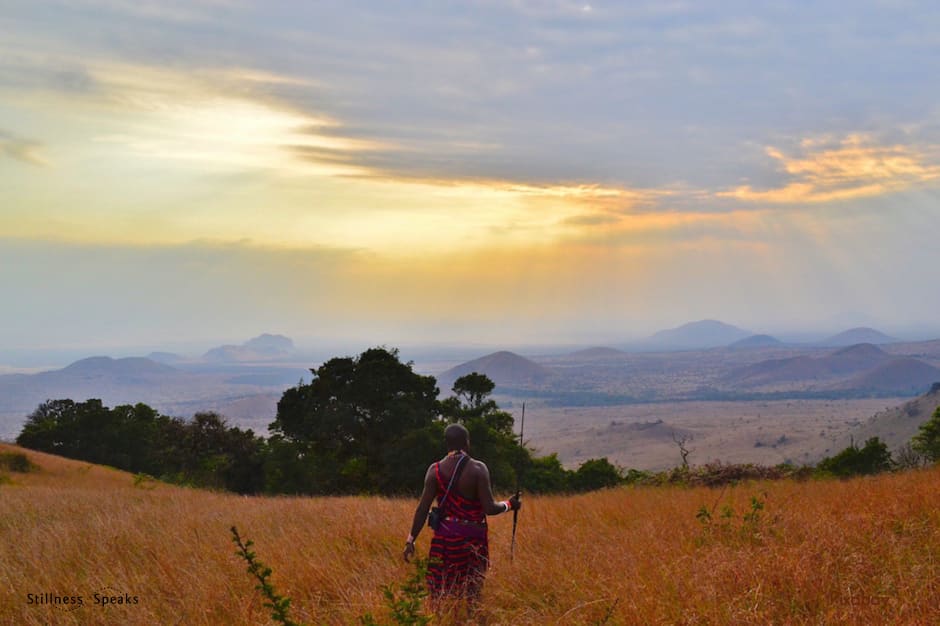
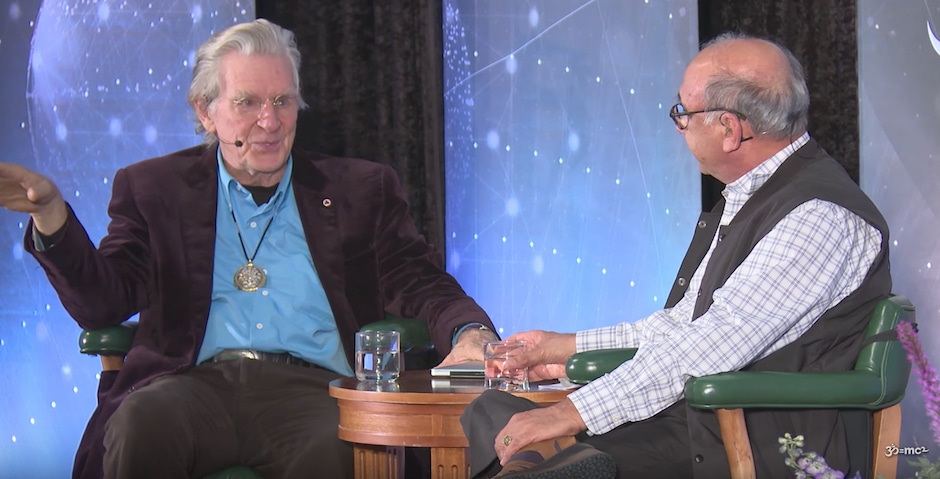
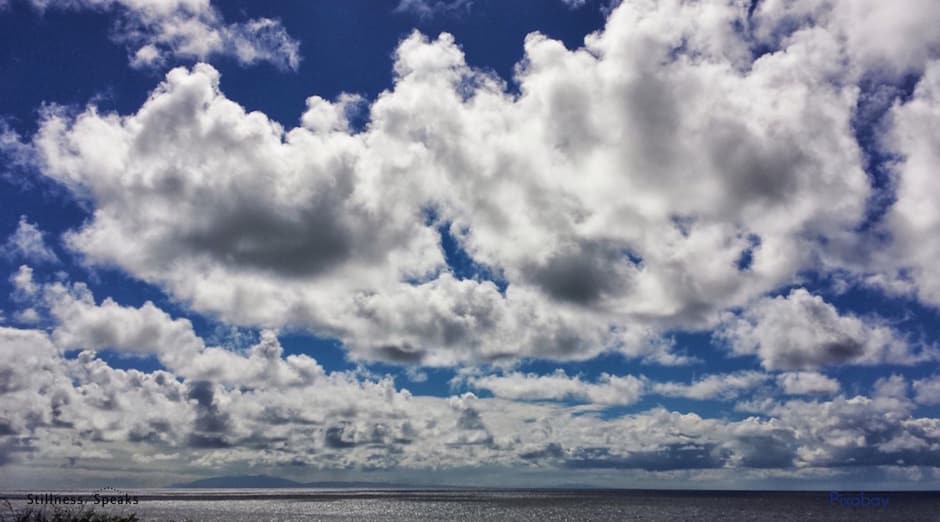
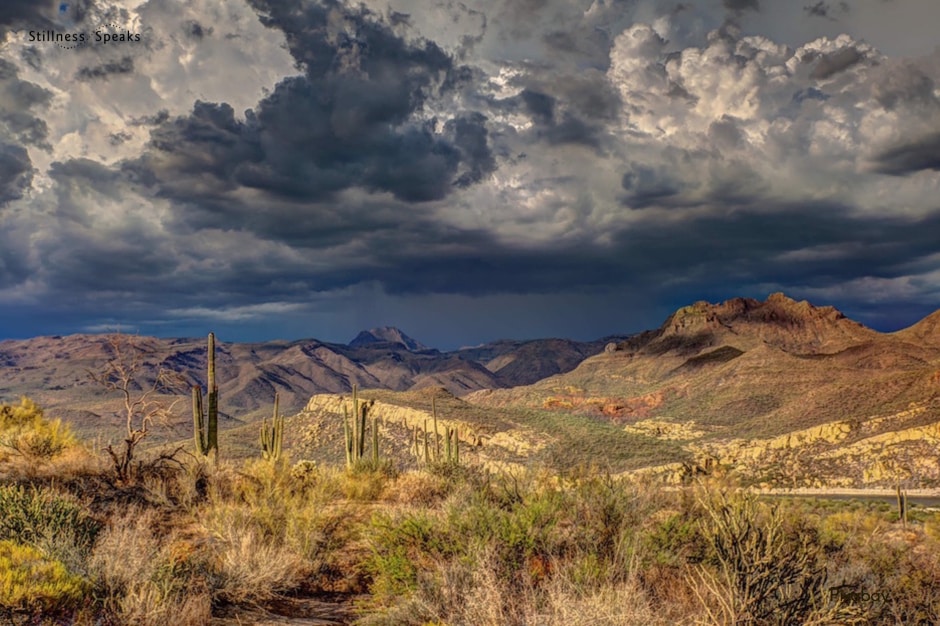

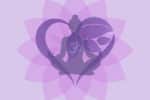

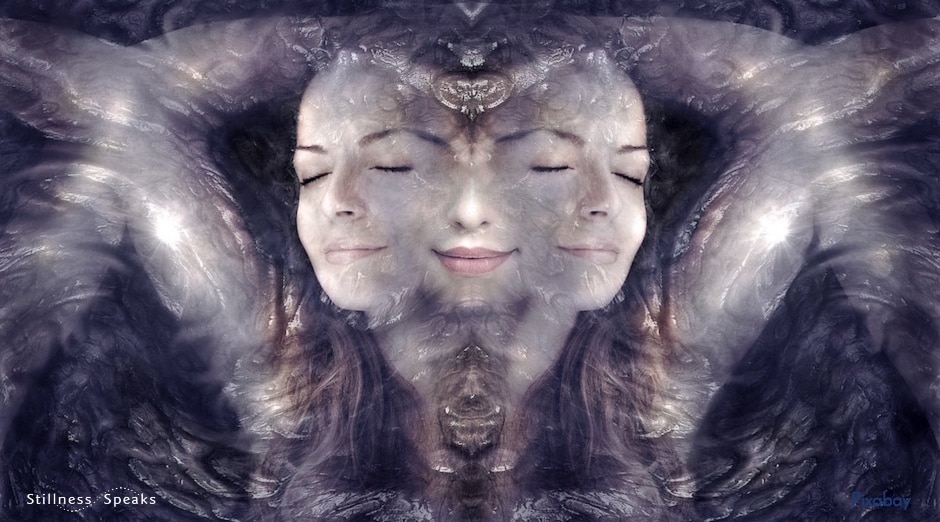
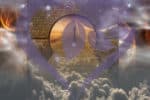


It seems to me that these two great speakers are interpreting emptiness as a no-thing. To do so makes emptiness an object, which it is! The great problem remains that emptiness needs to be emptied, then filled with the “right stuff”, the true and real essence which eliminates all problems, all pain and all grief. What is that and where can I get it? Keep up the search, dear soul!